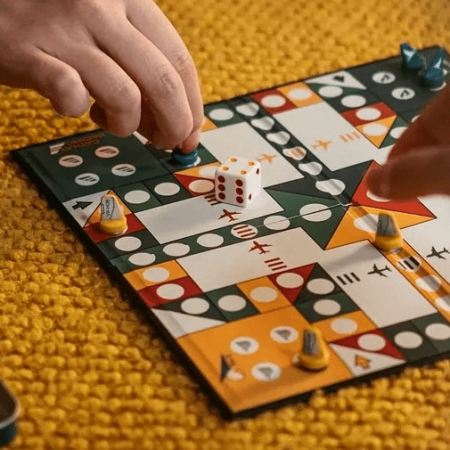How to work out like a professional footballer
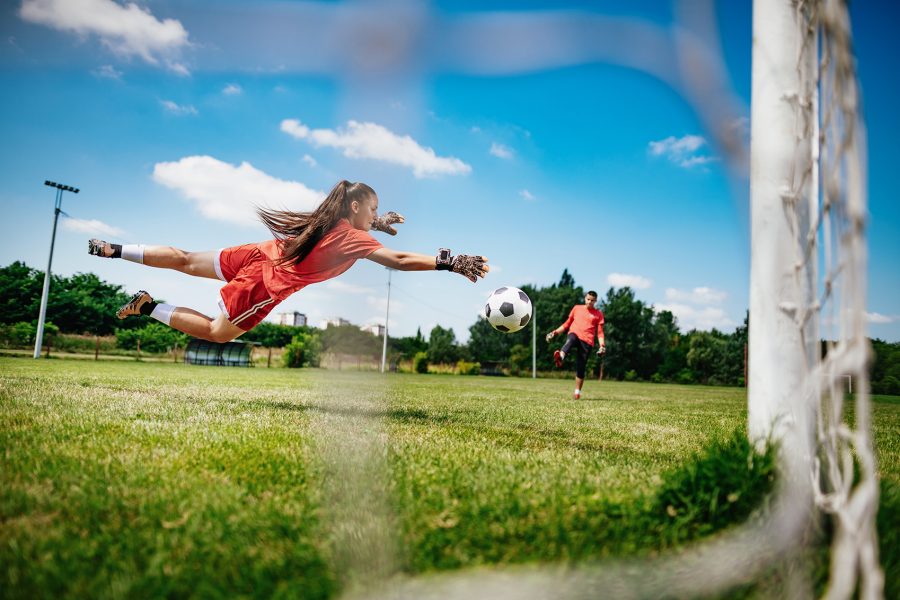
Professional football players bounce around the pitch like steel balls in a pinball machine, demonstrating incredible endurance, agility and strength. Compared to rugby players or their American football cousins, their bodies tend to be leaner, yet are still packed with muscle – which is why many people have turned to stars such as US footballer Megan Rapinoe and Portugal’s Cristiano Ronaldo for training inspiration.
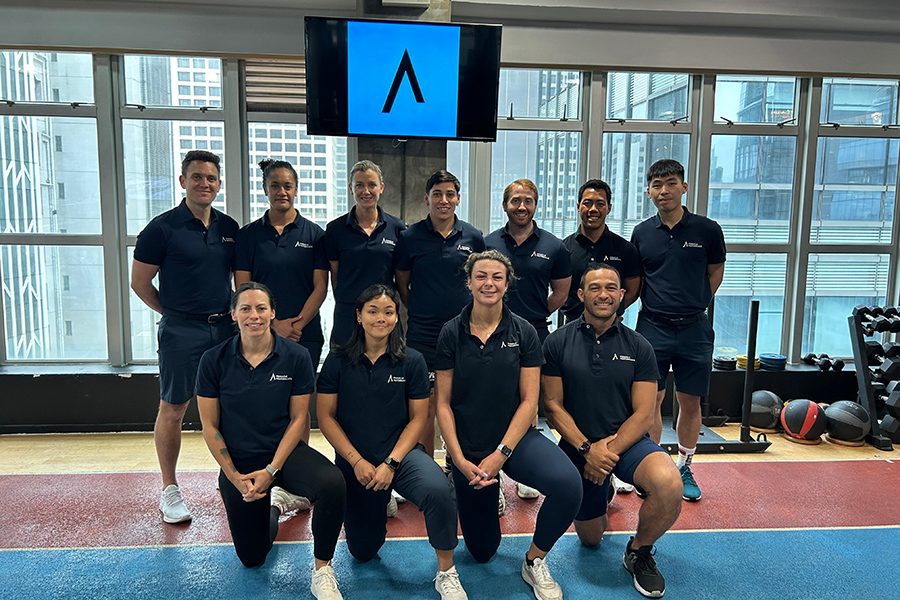
The team at Pinnacle Performance
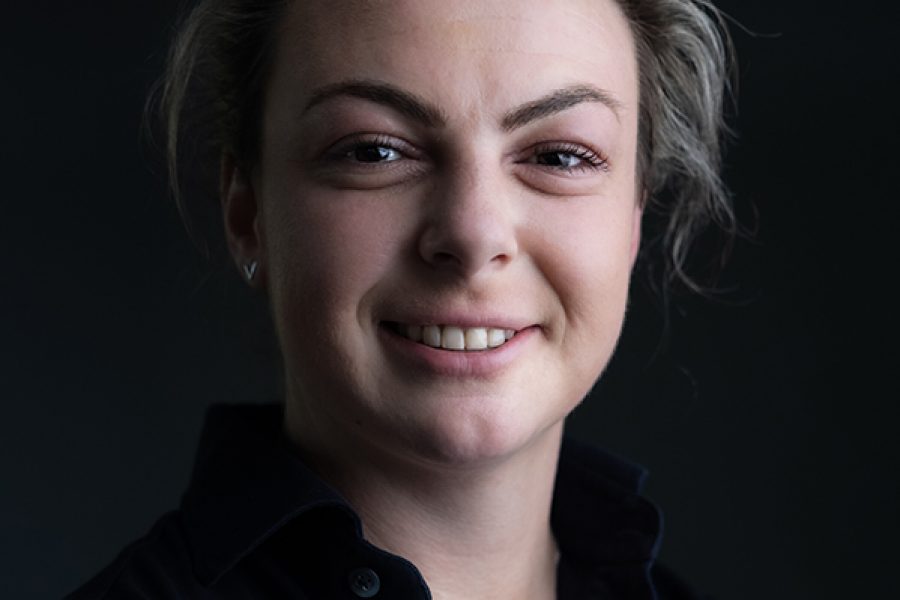
Physiotherapist and fitness coach Biddy Sefton

Strength and conditioning coach Tanya Young
In the follow-up to the FIFA Women’s World Cup in Australia and New Zealand this year, Pinnacle Performance physiotherapist and coach Biddy Sefton and strength and conditioning coach Tanya Young share their insights into how the competing athletes were training. What’s more, we��’ve asked them how you can achieve your own footballer’s workout plan at home or the gym.
When it comes to the pre-match workout routines of the women’s teams, Sefton says most of the players likely work on maintaining their peak condition and on strategy. “Teams will still be in the gym most days strength training, with a focus on maintaining their physical condition rather than looking for any significant strength gains.”
For those at home looking to get a head start on their own football-inspired workouts, Sefton has some words of encouragement. “Most sporting physiques are attainable, although to be lean and toned like a footballer may require harder work for some than others. With the right training, nutrition and recovery, anyone can alter their physique but hard work, patience and consistency with those three things is the key!”
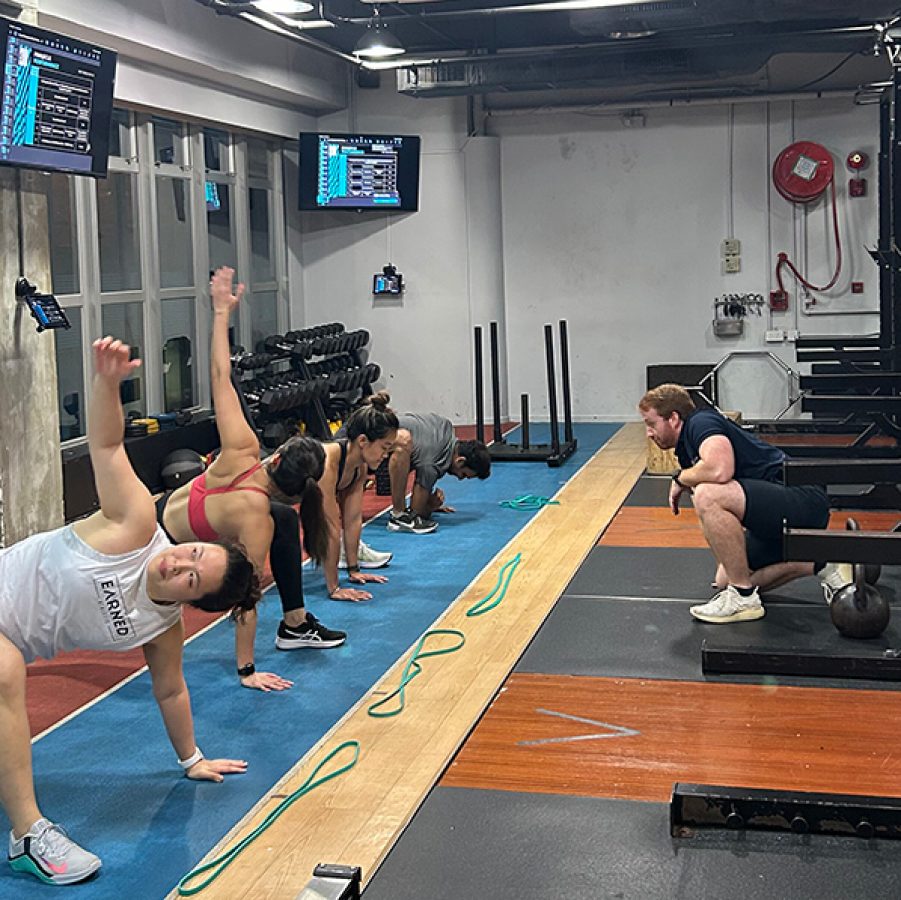
The best football gym workout
As Sefton explains, football players require a “high level of aerobic fitness” as games typically last 90 minutes: a demanding feat of endurance. Young agrees: “Footballers will be asked to repeatedly sprint, accelerate, decelerate, change direction and jump, so training in the gym must be directed at building lower-body muscular endurance, strength and power.”
Sefton recommends core-focused strength training as well as exercises which target your lower limbs to achieve the best football leg workout. The coach, who has also helped rehabilitate professional footballers, says, “I personally find the cable machines helpful as well as an incline leg press.”
Young agrees with the use of a leg press as well as a Glute-Ham Developer to focus on building your glutes and hamstrings. To mimic the action on the field, Young adds that “treadmills could also be used to carry out short, high intensity running if necessary.”
However, machines aren’t necessarily the end-all and be-all. “They aren’t always as efficient as, say, a simple barbell,” says Sefton.
Sets that include squats, deadlifts, pull-ups, bench presses and rowing movements for your upper body are a great place to start for the machine-adverse – allowing people to build upon their routine as their muscle groups get stronger.
Young also advises “functional core work” using resistance bands, as well as running routines which focus on both aerobic (“longer, more steady state distance training”) and anaerobic (“shorter, high intensity training”) exercises. For those at home, she also says lunges and split squats are great options if you don’t have access to a full weight rack.
However, Sefton stresses the importance of speaking to an accredited professional such as a personal trainer before embarking on a new training routine. “We must ensure it is periodised to lower risk of injury and get the most out of the programme.”
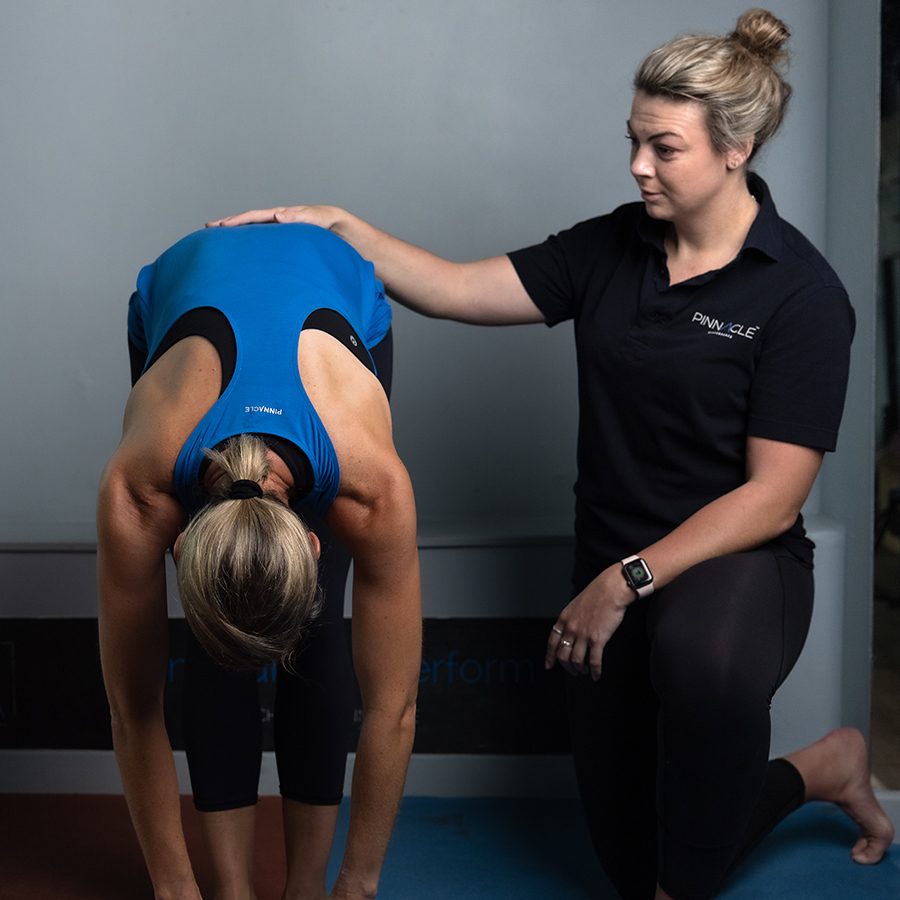

Credit: Getty Images
Football nutrition plans
Aside from exercising, eating healthily and resting appropriately are core parts of conditioning if you want to achieve a footballer’s physique. “Nutrition, sleep recovery and training are the three major components to optimising one’s athletic potential,” says Young.
Besides hydrating and getting your electrolytes in, she says, “typically, I would recommend my athletes eat minimally processed, whole foods and eat well-balanced meals.”
“I’d ensure vegetables and proteins are eaten with each meal and fats and starchy carbohydrates are incorporated to sustain energy requirements for trainings and games,” she continues.
It might be easy to overlook how nutrition affects our body, but in Sefton’s opinion it’s crucial. If your energy intake is out of balance with your training, she says that your workout plan could affect you mentally and physically – potentially leading to “fatigue” and “increased injury risk”.
“In my experience,” she says, “it is how we fuel our bodies that plays one of the largest roles in how our body adapts and recovers after we exercise.”
Your workout kit
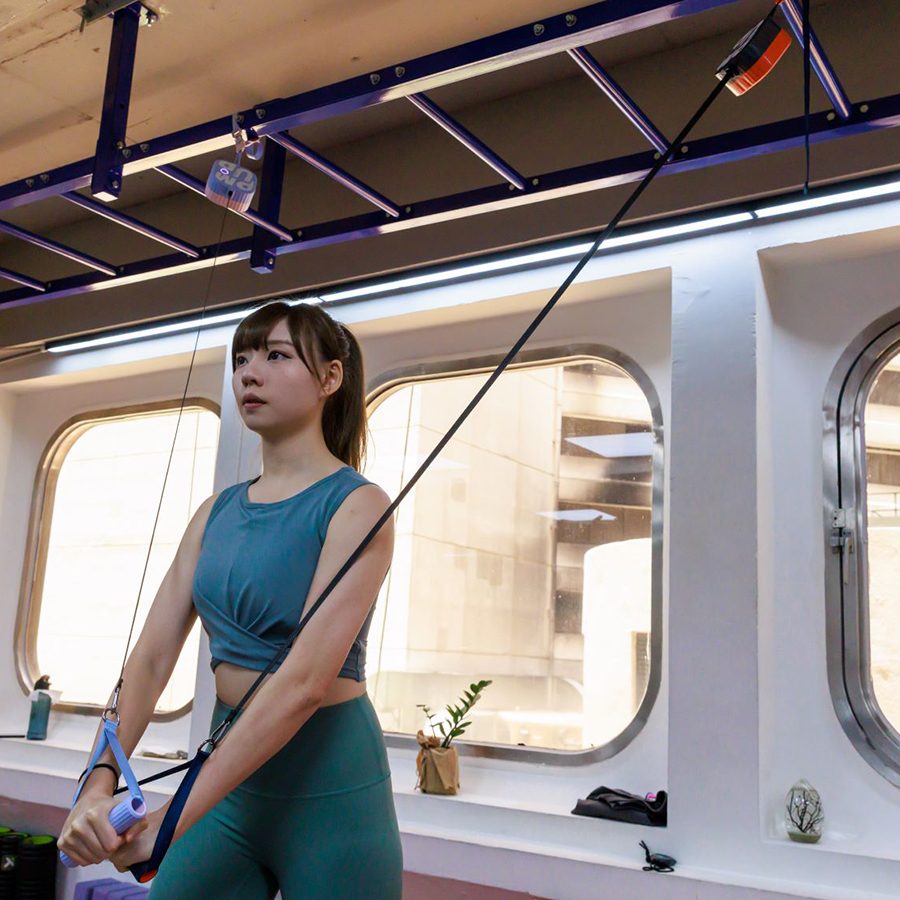

Unitree Fitness Pump
Work out anywhere with this portable cable machine by Unitree , which you can cleverly attach to a door or heavy furniture to get a great resistance workout at home or while you’re travelling.
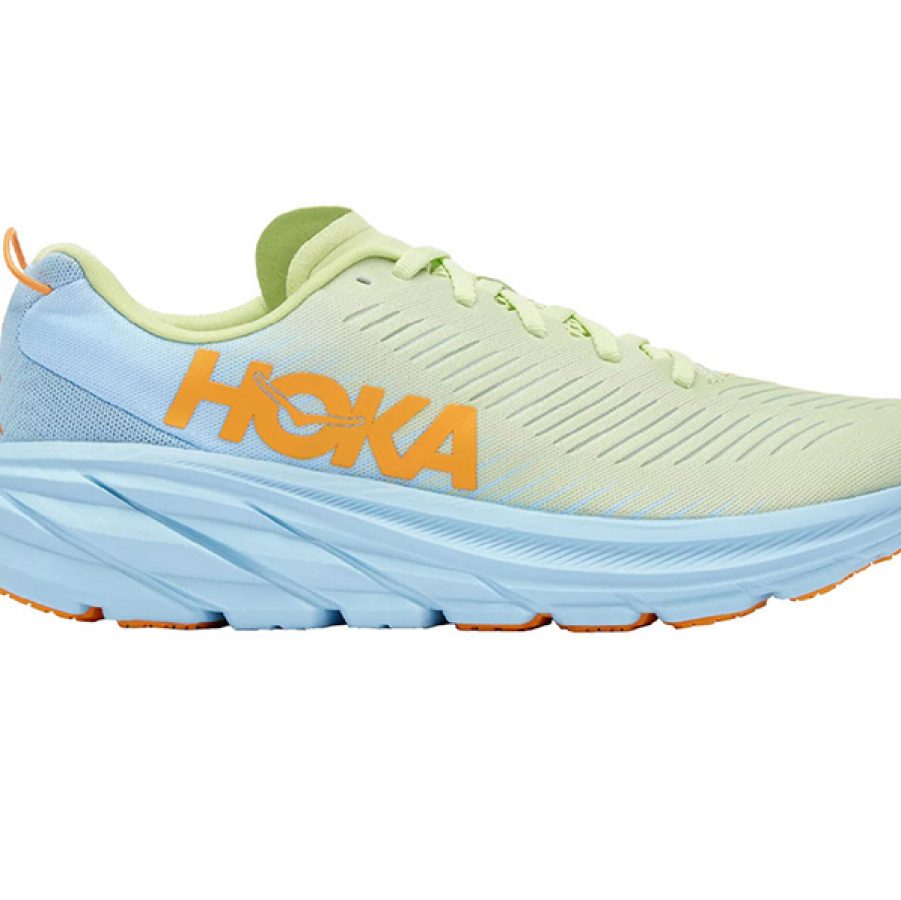
Hoka One One Women’s RINCON 3
These stylish trainers by Hoka are ideal for those hitting the treadmill with a springy foam midsole and breathable mesh.
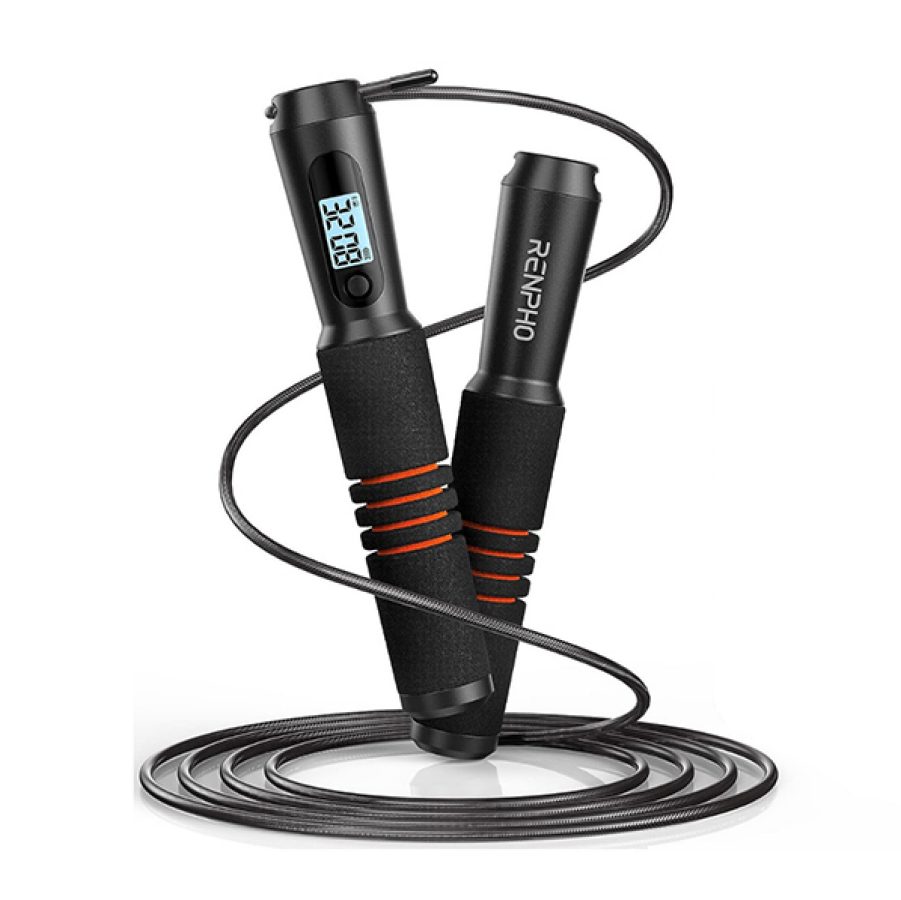
Renpho Smart Jump Rope
Get your heart rate pumping with this jump rope by Renpho , complete with a smart tracker to help you log your fitness achievements.
Therabody Theragun Mini (Second Generation)
Ease those tired muscles with this tiny Theragun by Therabody , which will easily slide into any carry-on or handbag.
More inspiration
- China – the Chinese Mainland, Hong Kong SAR, Macao SAR and Taiwan Region
- Hong Kong SAR - English
- Chinese Mainland (China) - English
- Taiwan, China - English
- 香港特別行政區 - 繁體中文
- 中国內地 - 简体中文
- 中國台灣 - 繁體中文
- Africa
- South Africa - English
- Asia
- Bangladesh - English
- Korea - English
- Singapore - English
- Cambodia - English
- 한국 - 한국어
- Sri Lanka - English
- India - English
- Malaysia - English
- Thailand - English
- Indonesia - English
- Maldives - English
- ประเทศไทย - ภาษาไทย
- Indonesia - Bahasa Indonesia
- Myanmar - English
- Vietnam - English
- Japan - English
- Nepal - English
- Việt Nam - tiếng Việt
- 日本 - 日本語
- Philippines - English
- Australasia
- Australia - English
- New Zealand - English



